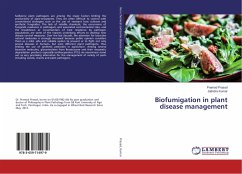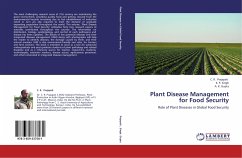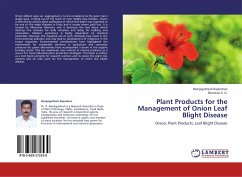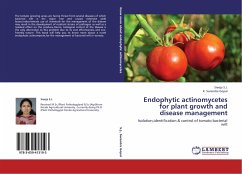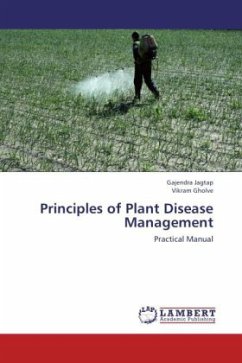Soilborne plant pathogens are among the major factors limiting the productivity of agro-ecosystems. They are often difficult to control with conventional strategies such as the use of resistant host cultivars and synthetic fungicides. The lack of reliable chemicals, the occurrence of fungicide resistance in pathogens and associated environmental risks, and the breakdown or circumvention of host resistance by pathogen populations are some of the reasons underlying efforts to develop new disease control measures. Over the last decade, the attention for bioactive natural molecules is strongly increased because public opinion considers them as a mild, safe and reliable option to prevent or to fight not only several diseases in humans, but even different plant pathogens, thus limiting the use of synthetic pesticides in agriculture. Among several bioactive molecules, glucosinolates from Brassicaceae and their enzymatic degradation products especially isothiocyanates (ITCs) via myrosinase stand out as very promising alternative for the management of variety of pests including weeds, insects and plant pathogens.
Bitte wählen Sie Ihr Anliegen aus.
Rechnungen
Retourenschein anfordern
Bestellstatus
Storno

